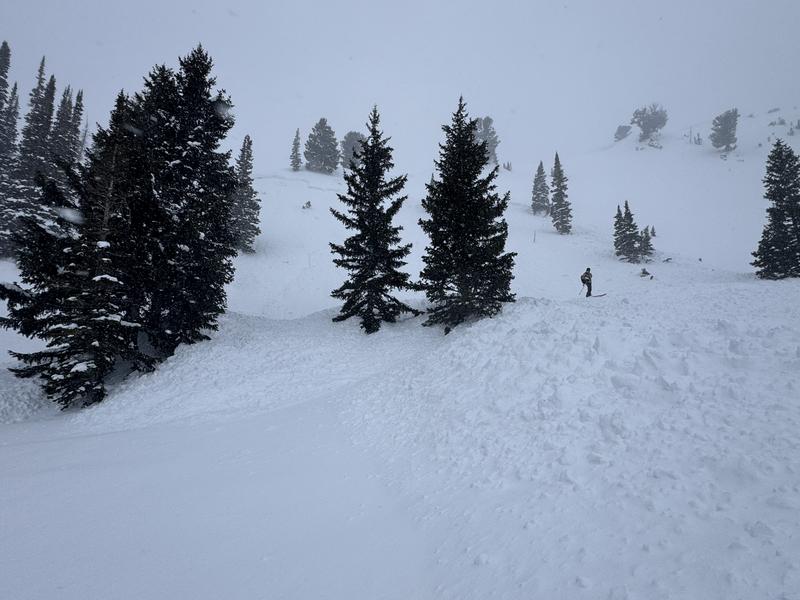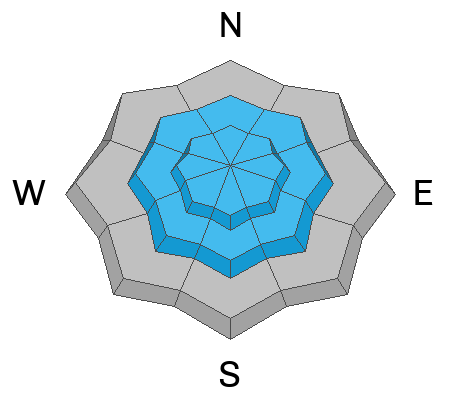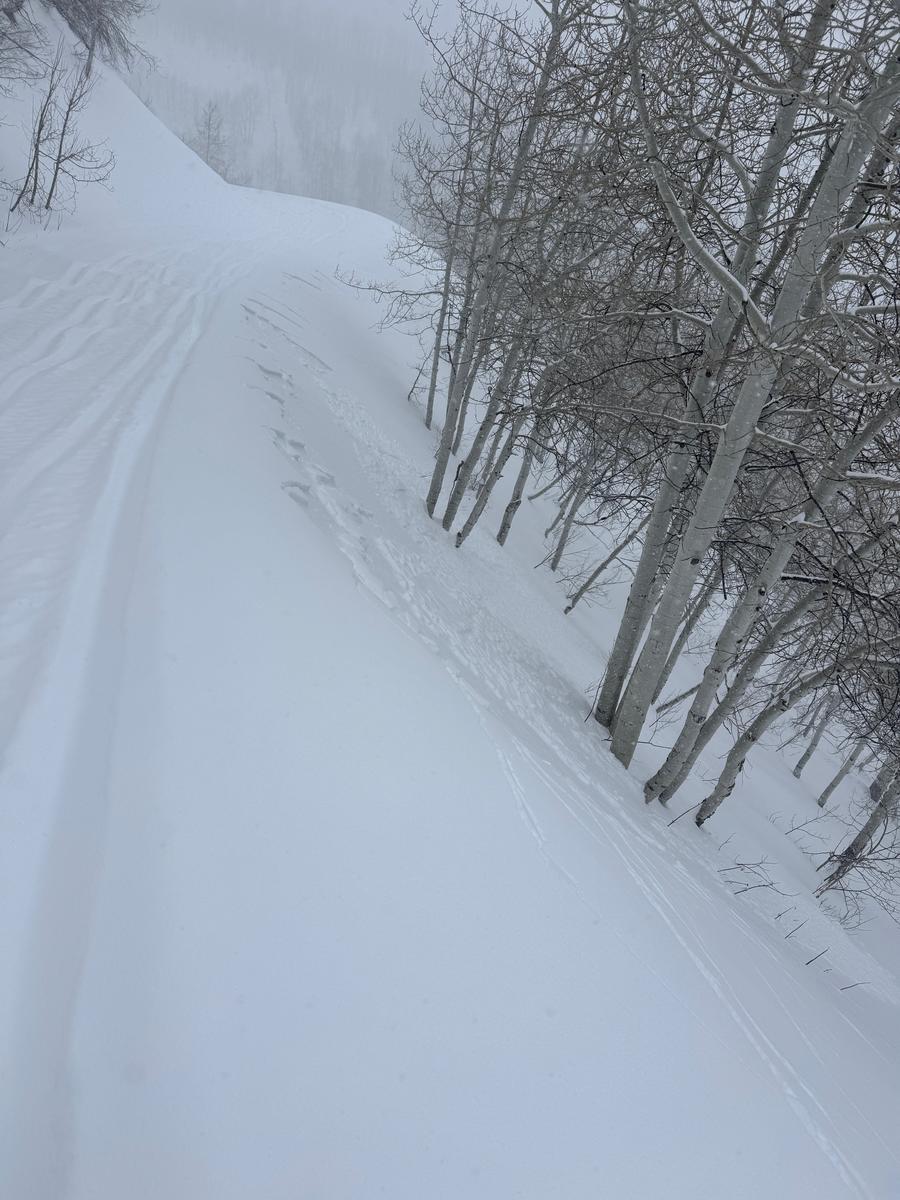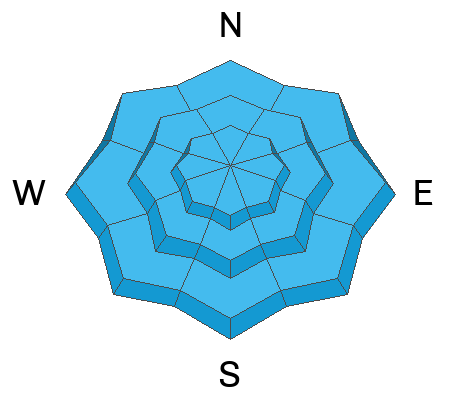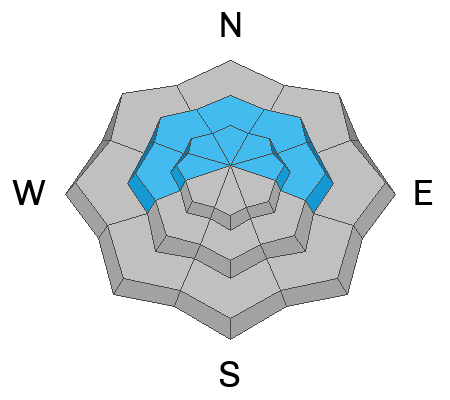Forecast for the Provo Area Mountains

Issued by Greg Gagne on
Friday morning, February 14, 2025
Friday morning, February 14, 2025
The avalanche danger is HIGH at the mid and upper elevations where heavy snowfall and strong winds have created dangerous avalanche conditions. Some low-elevation slopes also have a HIGH danger where avalanches that start thousands of feet above you may reach valley floors.
It is possible some areas may reach an EXTREME danger rating this morning.

Low
Moderate
Considerable
High
Extreme
Learn how to read the forecast here


